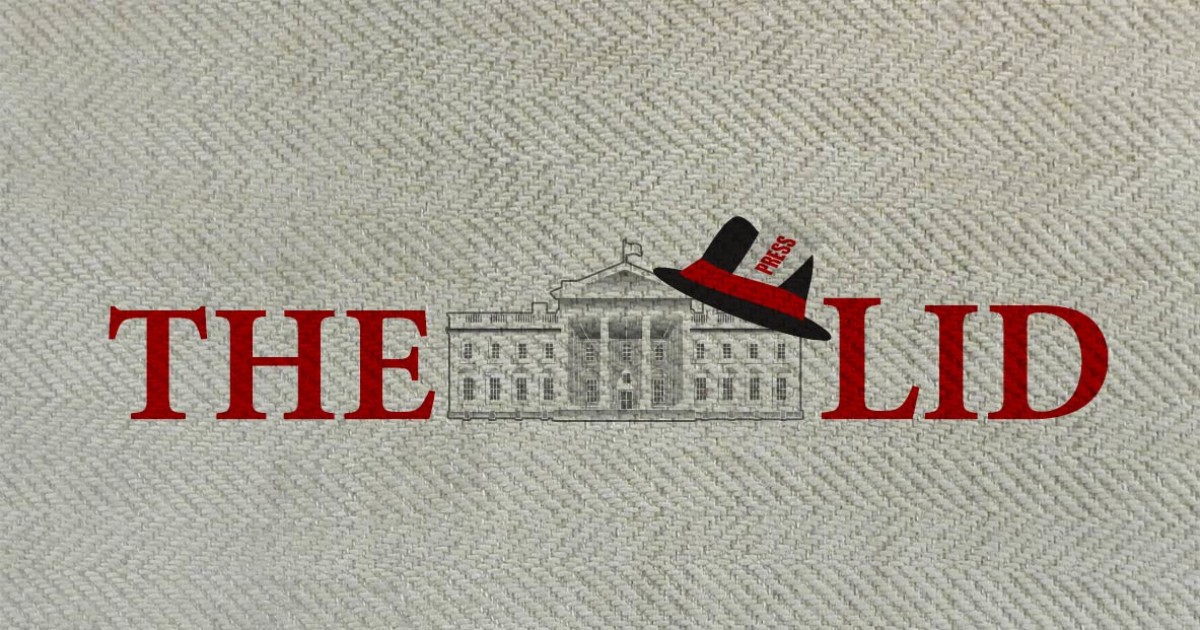When the P5+1 deal was first revealed the review on these pages after reading it, was “there is no other way to describe the Iran deal—it stinks!” Associated Press reporter George Jahn did something I didn’t think was possible, in an exclusive report on Monday he revealed that the Iran deal was even worse than we first thought. Jahn got hold of a secret side deal which allows to upgrade its centrifuges and increase its enriching capacity, all before the deal officially expires in 15 years. The projection is this will reduce the time for Iran to build a bomb to 6 months instead of the year time frame that was promised.
The document is the only part linked to last year’s deal between Iran and six foreign powers that hasn’t been made public. It was given to the AP by a diplomat whose work has focused on Iran’s nuclear program for more than a decade, and its authenticity was confirmed by another diplomat who possesses the same document.
The diplomat who shared the document with the AP described it as an add-on agreement to the nuclear deal. But while formally separate from that accord, he said that it was in effect an integral part of the deal and had been approved both by Iran and the U.S., Russia, China, Britain, France and Germany, the six powers that negotiated the deal with Tehran.
One of items that was fuzzy in the public version of the P5+1 deal is what happens between years 10 and 15. Mr. Jahn’s scoop explains that period, “It says that as of January 2027 – 11 years after the deal was implemented – Iran can start replacing its mainstay centrifuges with thousands of advanced machines.” Those advanced centrifuges are about 5x more efficient than the centrifuges it now uses. They will only be allowed between 2,500-3,000 of the high-tech centrifuges but because they are better at enriching uranium, Iran will be able to enrich at twice the speed as before.
As a result, Obama’s promise that the Iran deal would ensure that Iran would need at least a year to “break out” to a bomb was (not surprisingly) a lie.
But based on a comparison of outputs between the old and newer machines, if the enrichment rate doubles, that breakout time would be reduced to six months, or even less if the efficiency is more than double, a possibility the document allows for.
The document also allows Iran to greatly expand its work with centrifuges that are even more advanced, including large-scale testing in preparation for the deal’s expiration 15 years after its implementation on Jan. 18.
(…) A U.S. official noted, however, that the limit on the amount of enriched uranium Iran will be allowed to store will remain at 300 kilograms (660 pounds) for the full 15 years as well as being restricted to a level used for reactor fuel that is well below weapons grade. Like the diplomats, he too demanded anonymity because he wasn’t authorized to discuss the document.
In other words, the deal sets them up with the centrifuges necessary to go nuclear six months after the expiration of the deal.
In the Iran deal as first presented did not require Iran to close a single nuclear facility, not one centrifuge gets dismantled, some of Iran’s stockpile of enriched uranium gets “converted” but all of it stays in the country. Their entire nuclear infrastructure remains intact, they gets to continue its nuclear research, the ballistic missile program continues, the sanctions come off as Iran complies, and while there are provisions for sanctions to snap back, any such action needs to be approved through the U.N. Security Council and vetoes from Russia and/or China.
Thanks to the AP’s Mr. Jahn we learn that it also helps Iran cut the time it needs to leap to a nuclear bomb from a year to six months. And thanks to Barack Obama, the United States of America, our Sunni allies in the gulf region, and Israel are in worse danger than before.






